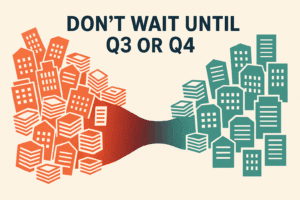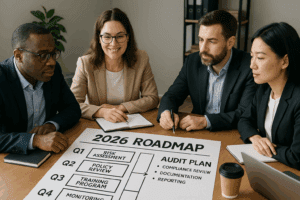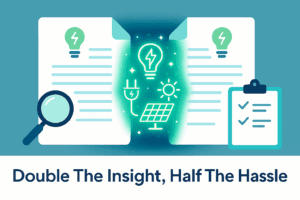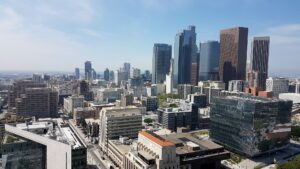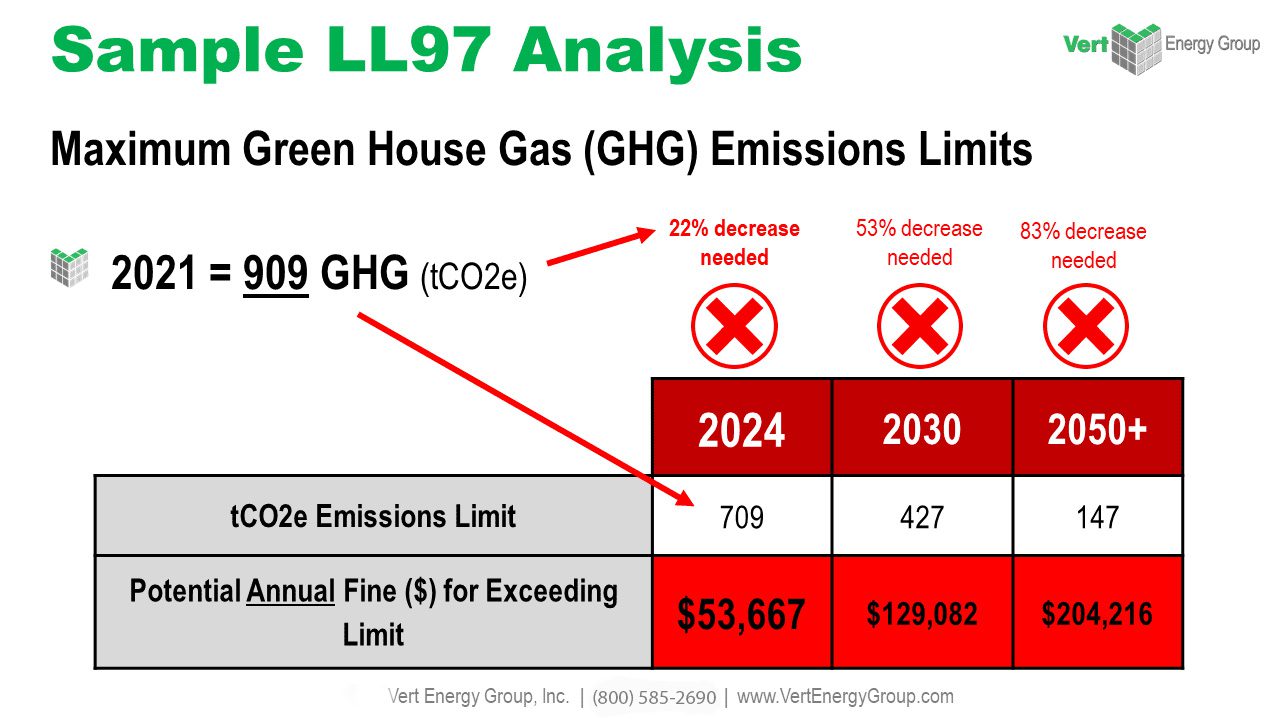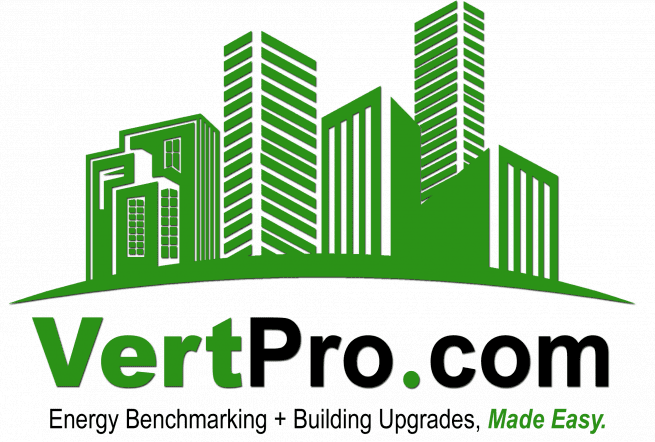From Benchmarking to Action: What Smart Building Owners Are Doing Next
Time to Pivot: Benchmarking Season Is Over—Now What?
Welcome to the June edition of VertPro® Insights, your go-to guide for navigating energy compliance, reducing emissions, and futureproofing your properties.
With most major U.S. cities past their benchmarking deadlines, many property owners are asking: What’s next? The answer: a strategic shift from data collection to decisive action. June kicks off a new compliance phase where benchmarking results fuel smarter investments, drive building performance, and help you meet emissions targets.
This month’s edition covers what to do after submitting your benchmarking report—from preparing for the next round of mandatory energy audits to understanding how GHG limits like LL97 are setting the pace for national policy. We also untangle the confusion around tariffs and how they may impact your compliance projects. And with summer’s heat intensifying, we’ll show you how to manage your cooling loads and keep utility costs under control.
As the season changes, so should your strategy. Let VertPro® guide you into the second half of the year with clarity, confidence, and compliance-first thinking.
Now that most buildings have submitted their benchmarking data, many property owners are wondering what happens next. The answer: a new compliance cycle has begun, one that demands preparation, analysis, and action.
Here’s your post-benchmarking checklist:
- Energy Audits: In cities like New York, Boston, and Los Angeles, mandatory energy audits are required every 5–10 years. These inspections help verify performance and identify capital upgrades to improve efficiency. If your building hasn’t been audited in recent cycles, now is the time to get ahead.
- Emissions Compliance: GHG limits are no longer looming—they’re active. Whether it’s NYC’s LL97 or Boston’s BERDO 2.0, jurisdictions are monitoring carbon output and enforcing penalties. Use your benchmarking data to assess whether you’re currently over the cap.
- Capital Planning & ROI: With data in hand, you can now prioritize upgrades that will reduce both energy use and emissions. HVAC retrofits, envelope improvements, lighting controls, and electrification strategies should be weighed against potential rebates, incentives, and compliance risks.
This is not a “wait and see” moment. Use this post-benchmarking phase to position your building for success and stay several steps ahead of enforcement.
Need a tailored roadmap? Our team can support you with post-benchmark analysis, audit scheduling, and retrofit guidance designed to maximize returns and maintain compliance across multiple ordinances.
If your building is in Los Angeles and your Building ID ends in 0 or 1, consider this your official notice: you are now entering the second round of mandated Energy Audits and Retro-Commissioning (RCx) under the city’s Existing Buildings Energy & Water Efficiency (EBEWE) Program.
Here’s what you need to know:
- City Notices Are Live: LADBS has sent out official notices to qualifying building owners. If you haven’t seen one yet, it’s critical to verify your status and get ahead of the schedule. Delays can lead to citations or enforcement actions.
- Why This Round Matters: The first audit cycle taught us that early preparation is key. Property owners who waited until the final months struggled to find available auditors, meet documentation requirements, and complete retro-commissioning tasks on time.
How to Prepare:
- Confirm your schedule and building ID eligibility on the LADBS portal.
- Start collecting 12–36 months of utility data—required for the audit.
- Review previous audits (if applicable) to address any recurring inefficiencies.
- Coordinate with internal teams or building engineers to ensure access to all mechanical areas.
VertPro® makes this process easier with turnkey audit support, from documentation review to RCx project execution. Don’t get caught in the rush; let’s get your property ready before deadlines loom.
Local Law 97 (LL97) is no longer just a New York City issue; it’s quickly becoming the model for GHG emissions legislation across the country. Building owners nationwide should take note, especially as cities like Boston, Washington D.C., and Seattle adopt similar emissions-based frameworks.
Key facts about LL97:
- What It Enforces: Buildings over 25,000 square feet must stay under an annual carbon cap. If you emit more than your allowed limit, you’ll face fines starting at $268 per metric ton of CO₂e above the threshold.
- Why It’s Spreading: The law ties directly to NYC’s climate goals and is being watched closely by other urban centers. It incentivizes electrification, high-efficiency systems, and envelope upgrades.
- Grace Period Ends June 30, 2025: Buildings have until the end of this month to submit their emissions mitigation plan and show good-faith efforts to comply. Failing to act may limit access to future carbon credits and expose properties to long-term liabilities.
- Nationwide Impact: Cities and states with clean building performance laws—including Washington’s Clean Buildings Act and D.C.’s BEPS – are using LL97 as a benchmark for emissions reductions.
Whether you’re in NYC or planning a project elsewhere, now is the time to understand your building’s emissions profile. VertPro® offers emissions modelling, strategic mitigation planning, and compliance forecasting to help you stay competitive and penalty-free.
In an already complex compliance landscape, economic policy adds another layer of uncertainty. Recent discussions around tariffs on clean energy technologies—particularly those imported from China—have left building owners and project planners asking: Will my upgrades cost more?
Here’s what’s unfolding:
- Proposed Tariffs: The U.S. is considering new or increased tariffs on imported heat pumps, solar panels, and other components used in building electrification. This move aims to support domestic manufacturing but may increase costs in the short term.
- Impact on Projects: These tariffs could raise the price of HVAC retrofits, renewable energy installations, and high-performance equipment, core elements of most GHG compliance strategies.
What to Watch:
- Project bids may rise in the coming months, especially for larger retrofits or electrification scopes.
- Timeline uncertainty may cause supply chain delays.
- Federal incentives like the IRA (Inflation Reduction Act) can help offset some of these impacts if you act quickly.
Smart Planning Tips:
- Lock in vendor contracts before tariffs take effect.
- Consider phased project scopes to minimize exposure.
- Monitor legislation updates or partner with compliance experts who do.
VertPro® stays on top of tariff developments and helps clients adjust capital planning to meet evolving financial and regulatory pressures.
Summer is nearly here, and if you’ve ever reviewed your building’s summer energy bills, you know what’s coming: soaring HVAC costs. Air conditioning accounts for as much as 30–50% of a building’s summer energy usage, particularly in older or poorly insulated properties.
Smart property managers are taking action now to reduce cooling loads without sacrificing comfort.
Here’s how:
- Tune Your HVAC: Schedule seasonal maintenance, change air filters, check refrigerant levels, and clean coils. Poorly maintained systems are 20–30% less efficient.
- Smart Controls: Implement programmable thermostats or advanced EMS (Energy Management Systems) to optimize runtime and reduce waste.
- Optimize Set Points: Keeping interior temps around 76–78°F during occupied hours balances comfort with savings. Encourage night or weekend setback schedules.
- Shade and Reflect: Use solar film, interior blinds, or window treatments to reduce heat gain. Consider reflective roof coatings or rooftop shade structures for longer-term impact.
- Benchmark Summer Use: Compare past summer utility data to identify abnormal consumption spikes and address them proactively.
VertPro® provides summer load assessments, HVAC upgrade roadmaps, and EMS implementation support. Get ahead of the heat before it costs you thousands.
June 20 marks the summer solstice, the longest day of the year and a natural midpoint in the calendar. It’s a symbolic opportunity for pause, reflection, and recalibration.
As the sun reaches its highest point, take a moment to ask:
- Are we on track with our energy and compliance goals?
- What successes have we achieved in the first half of the year?
- Where can we course-correct, scale up, or try something new?
For property managers, this could be the perfect time to host a midyear review session, share progress with stakeholders, or highlight team accomplishments. Don’t underestimate the morale boost of celebrating even small wins.
Sustainability is a long game, marked by small steps, not just major milestones. Let the solstice remind you to stay steady, stay thoughtful, and stay aligned with your purpose.
On June 19, we observe Juneteenth, a historic day marking the emancipation of the last enslaved African Americans in the U.S. It’s a time to reflect on freedom, justice, and how far we’ve come, as well as how far we still have to go.
As the building industry evolves toward cleaner, greener futures, it must also include a focus on equity. From workforce development to supplier diversity and inclusive design, sustainability should be about access as much as efficiency.
Ways to recognize Juneteenth meaningfully:
- Support Local Events: Many cities host Juneteenth parades, panels, and community cleanups; consider attending or sponsoring.
- Educate and Share: Use this time to share educational resources about Black history, civil rights, and social equity within your teams.
- Act Intentionally: Examine your building operations, tenant services, or vendor practices through a lens of equity and inclusion.
VertPro® honors the legacy of Juneteenth by working toward a more inclusive and sustainable future for everyone.

